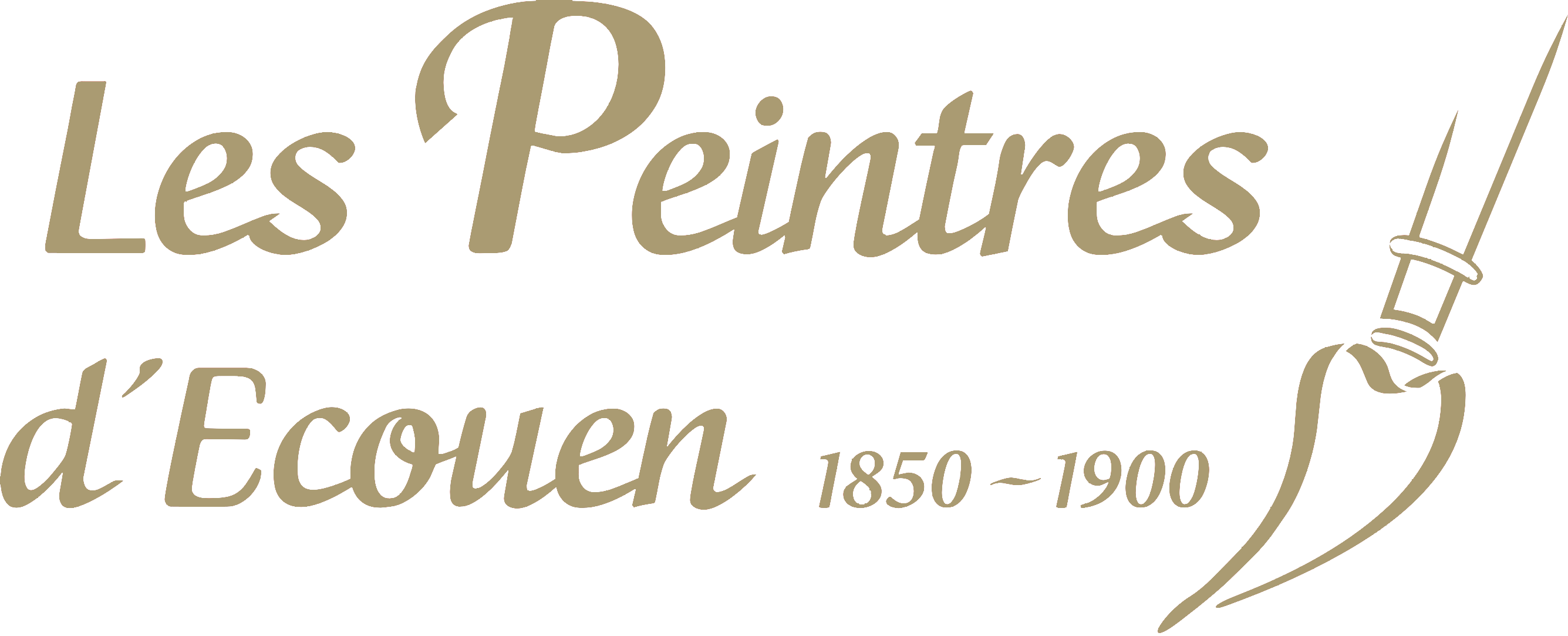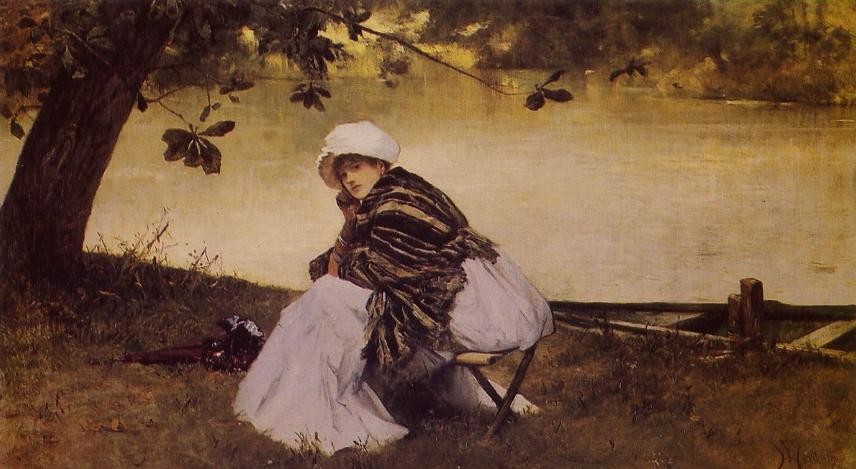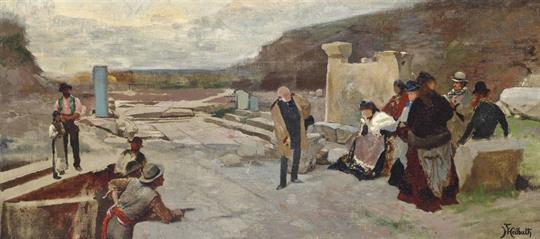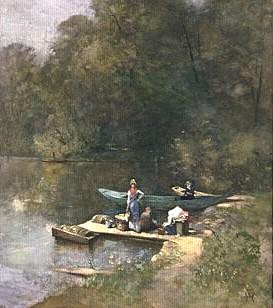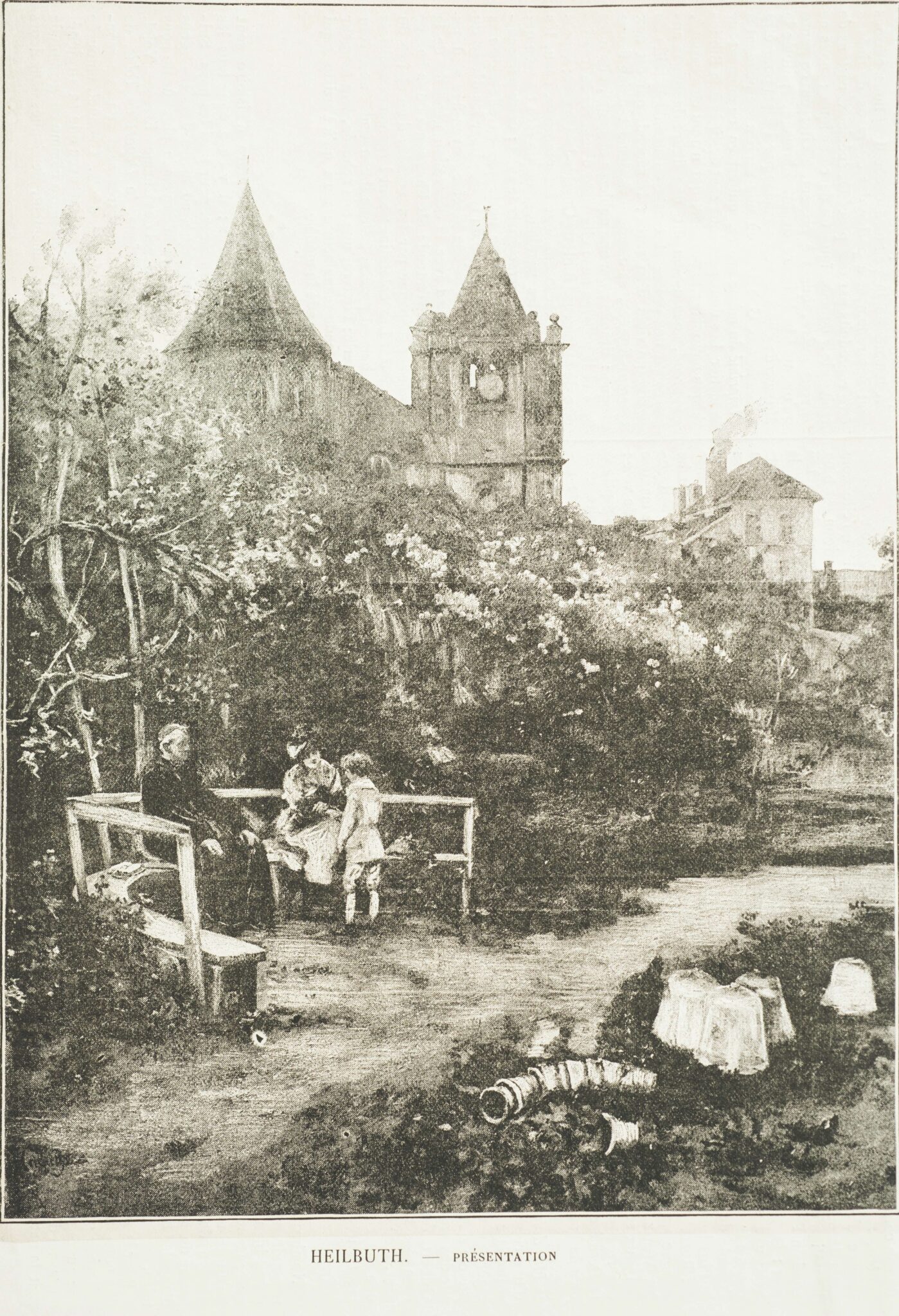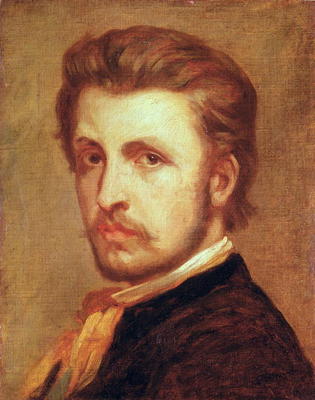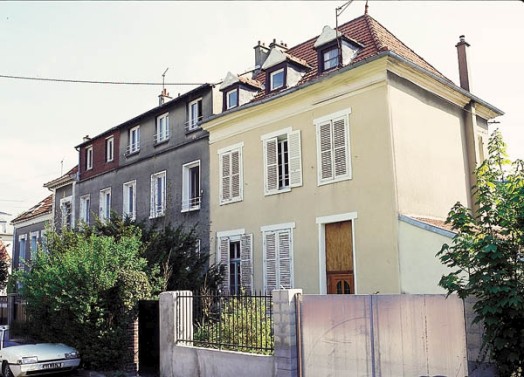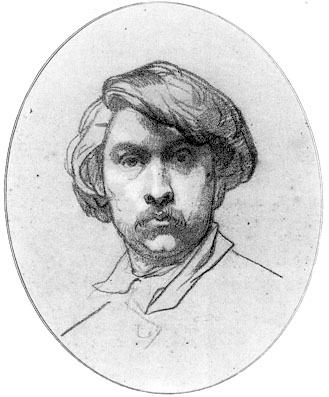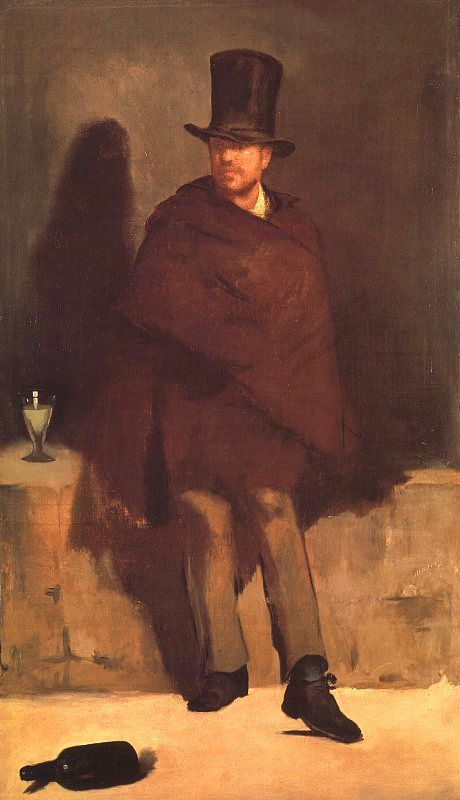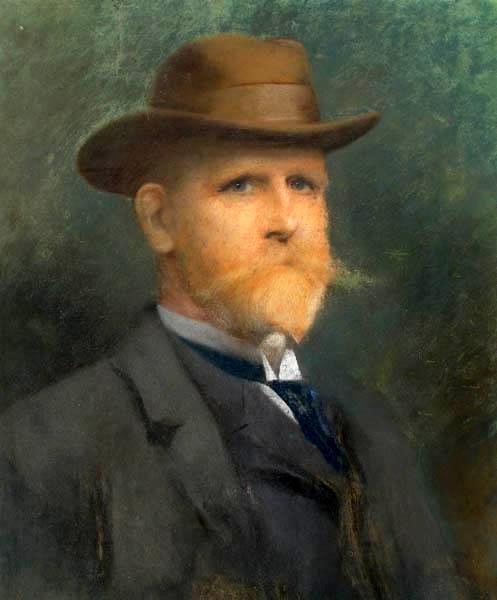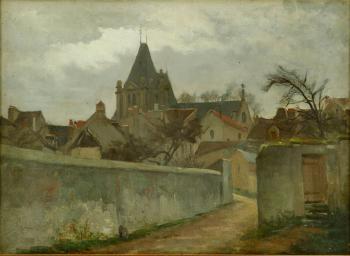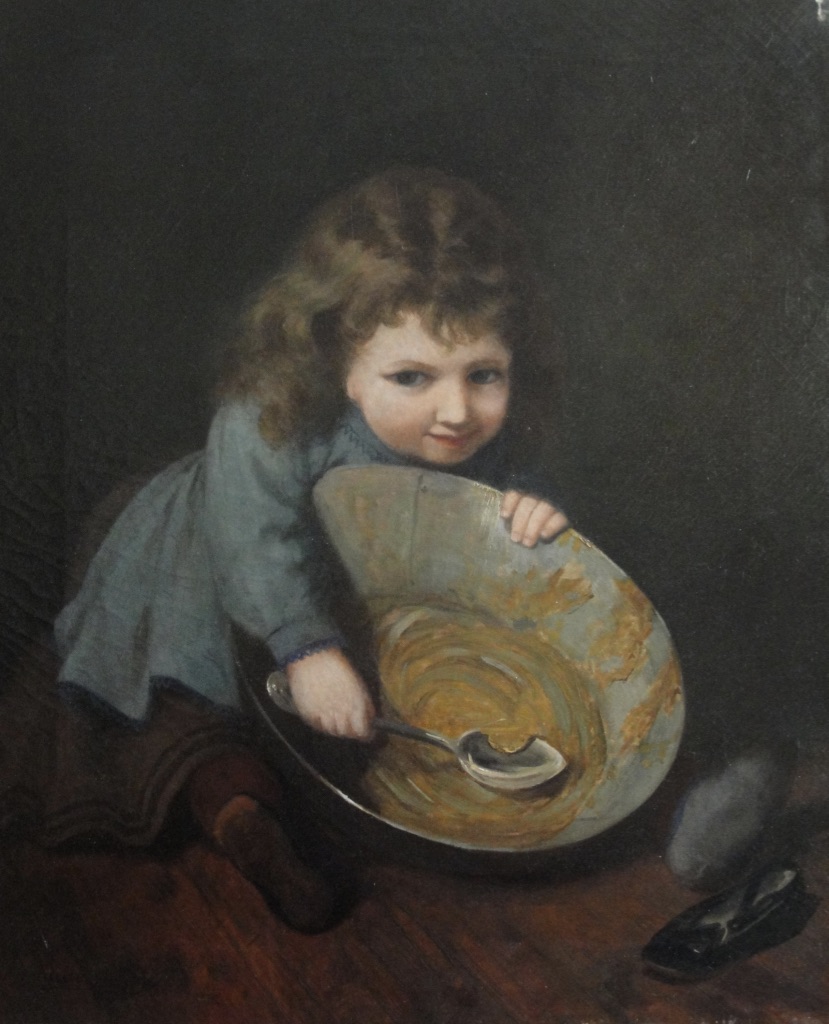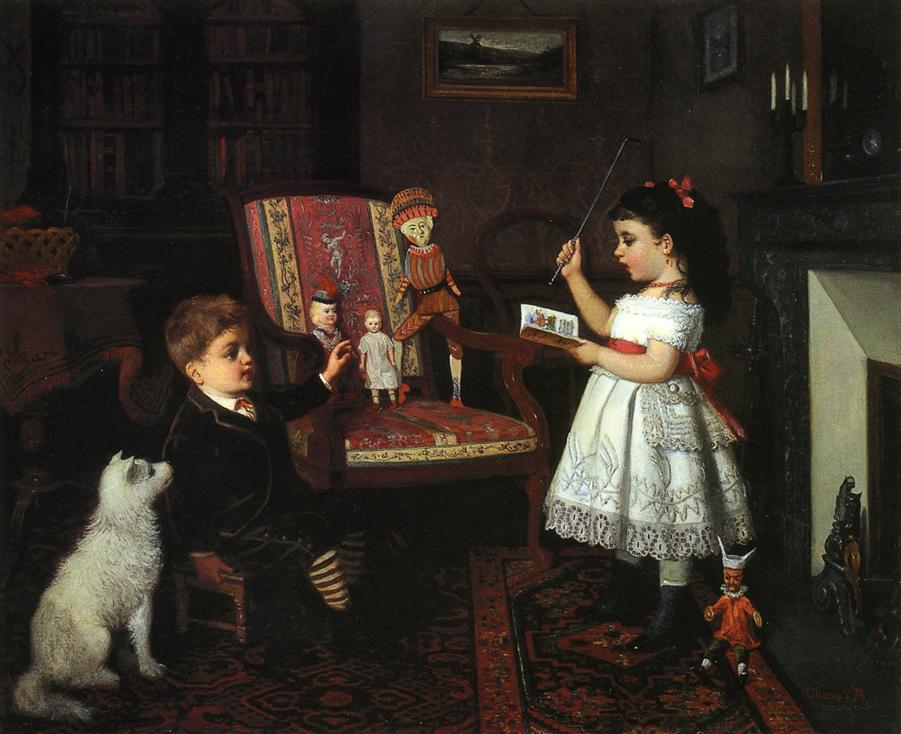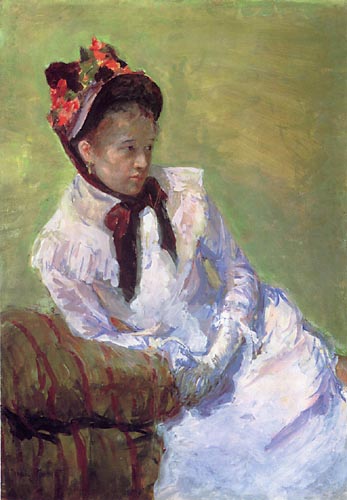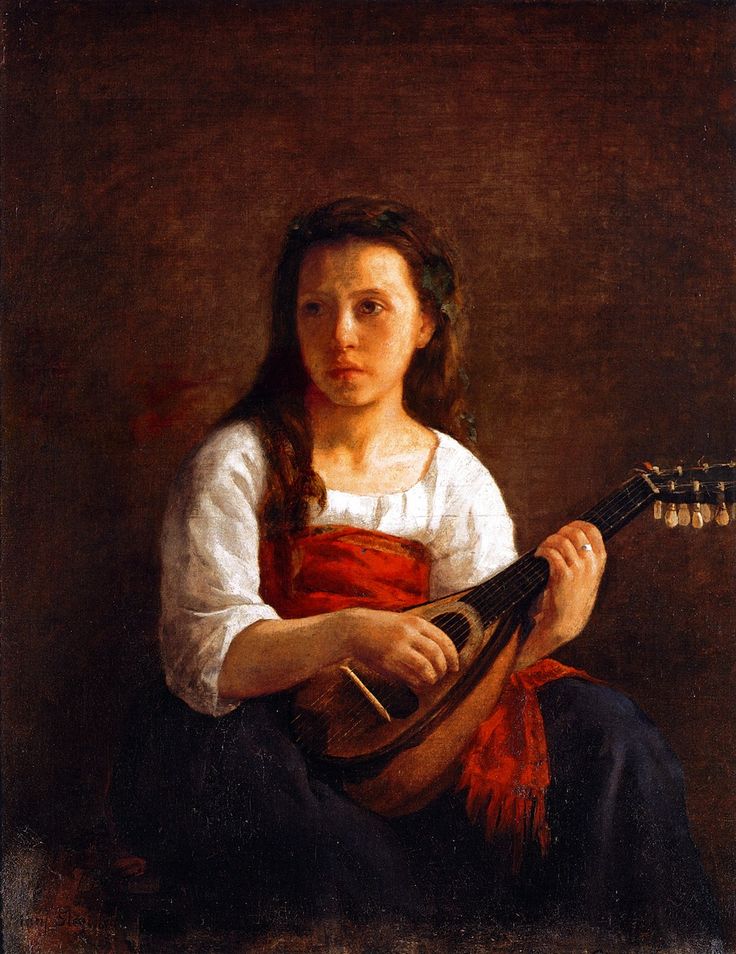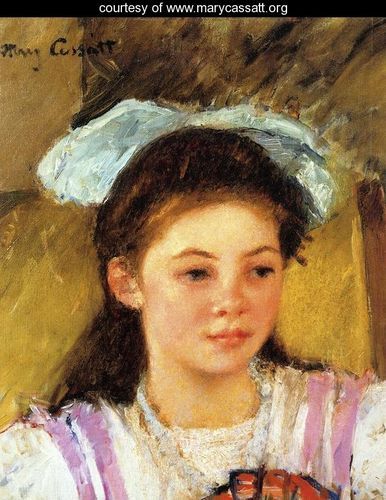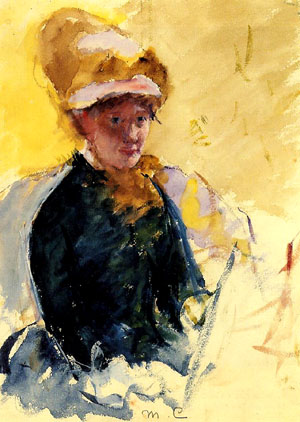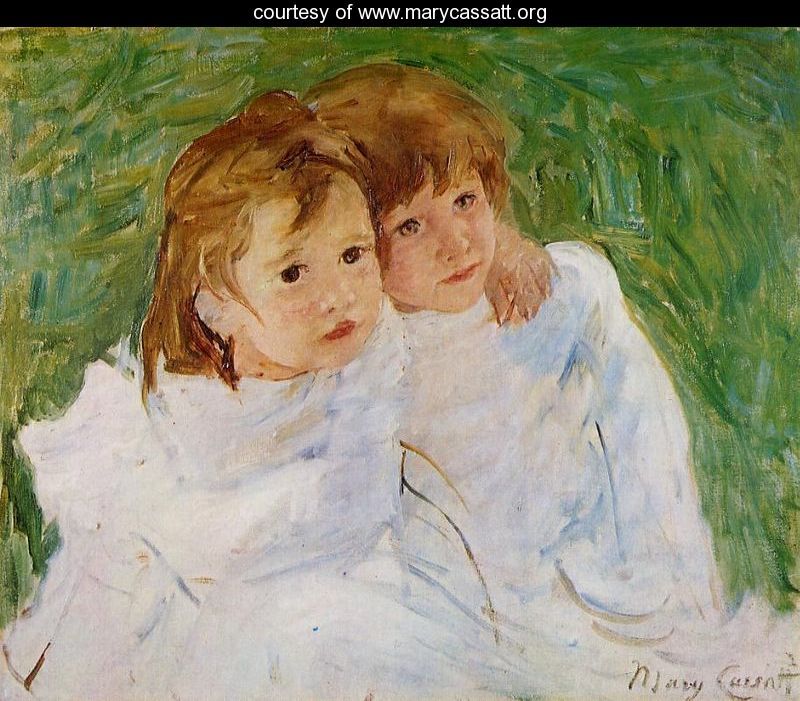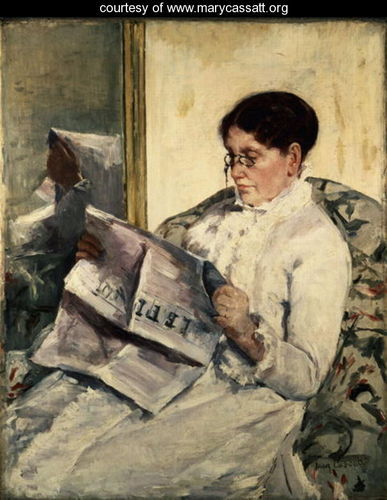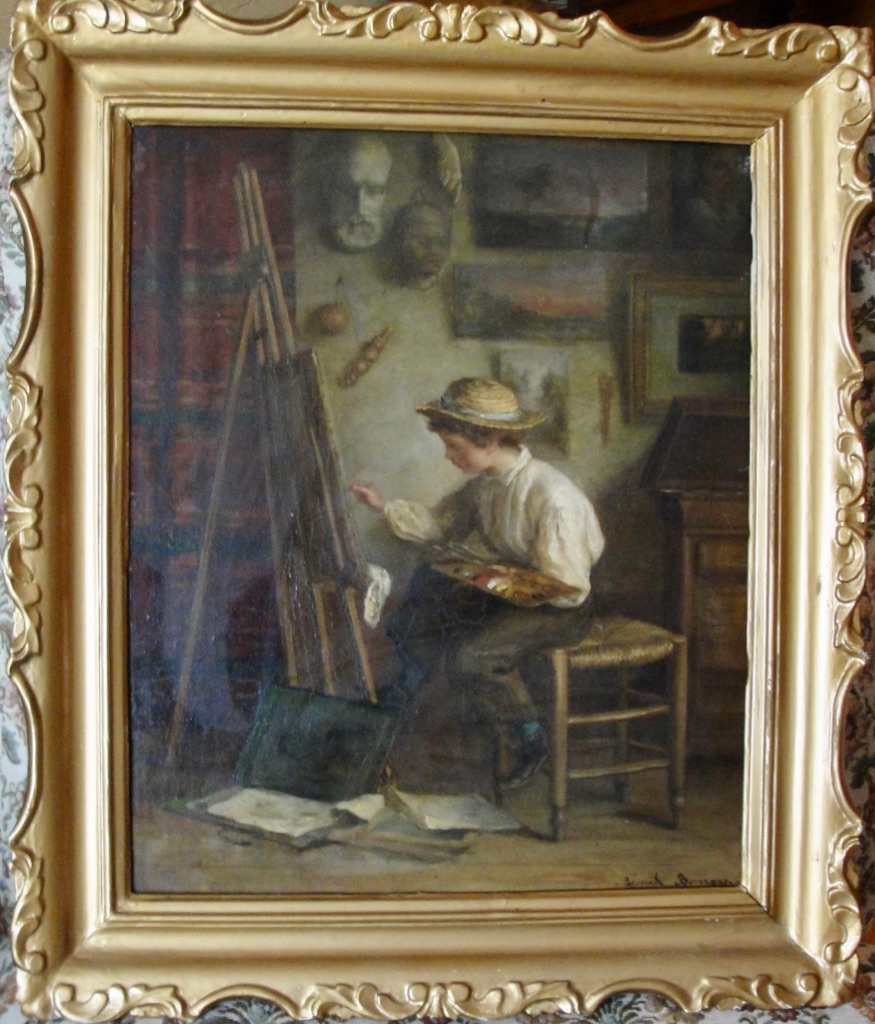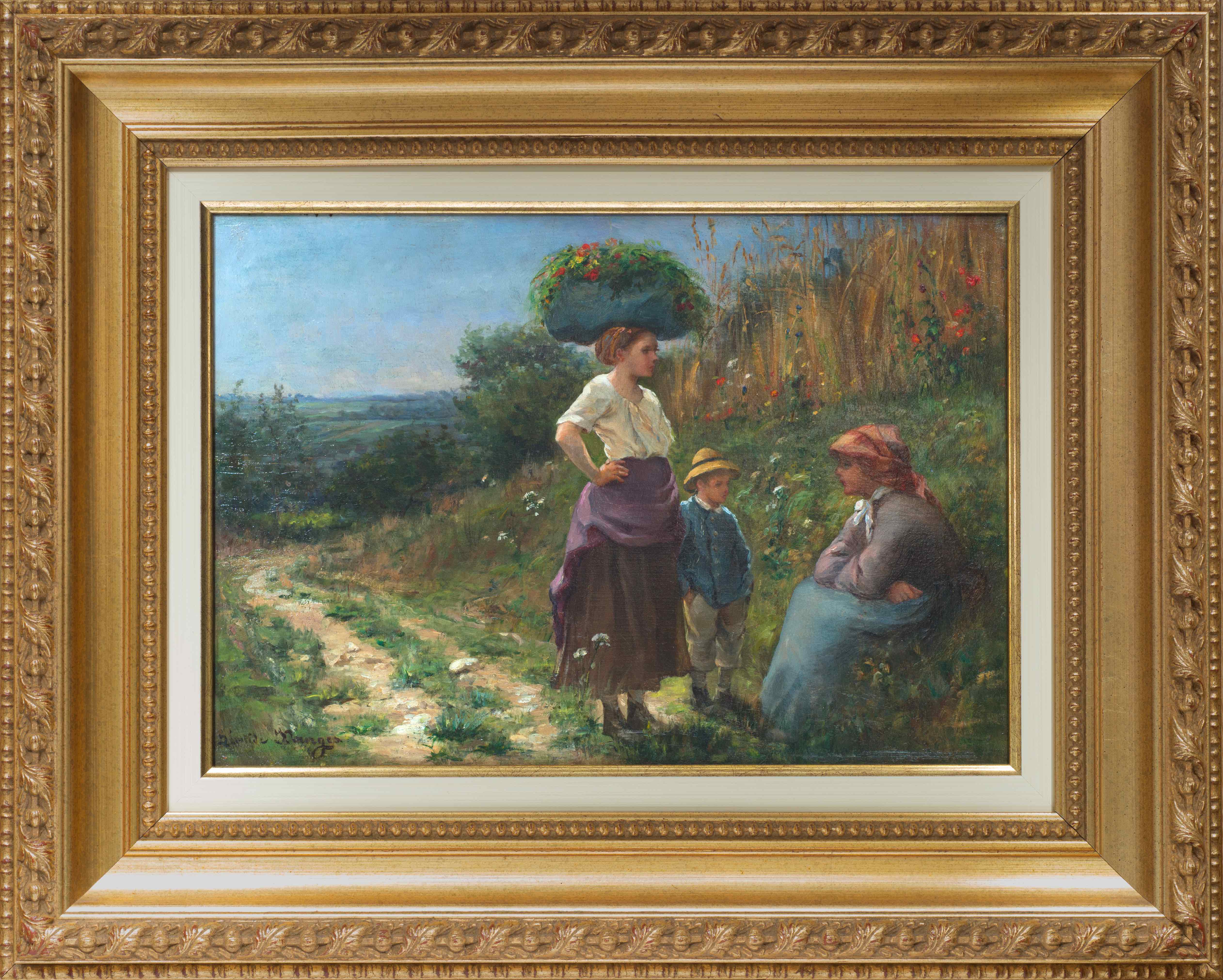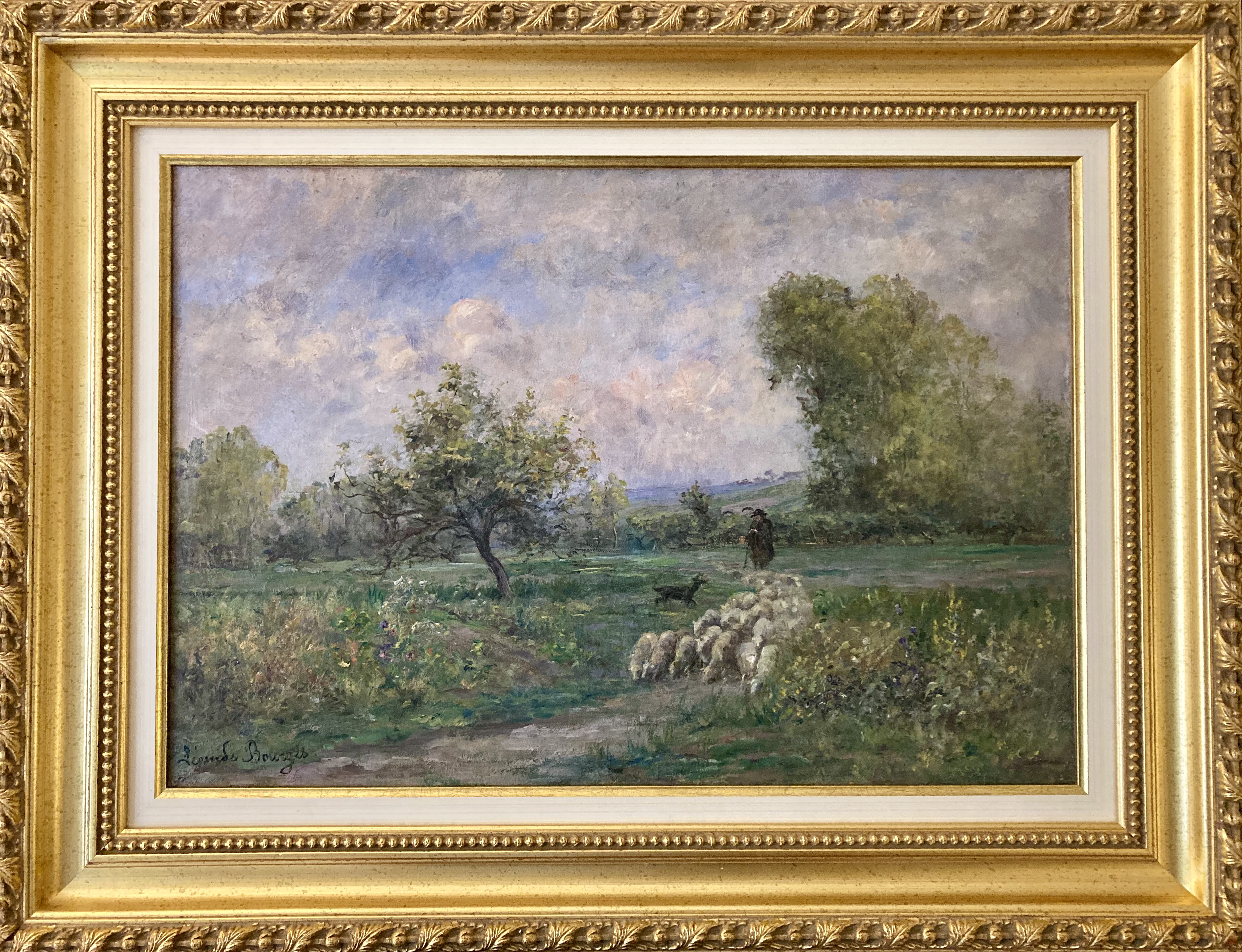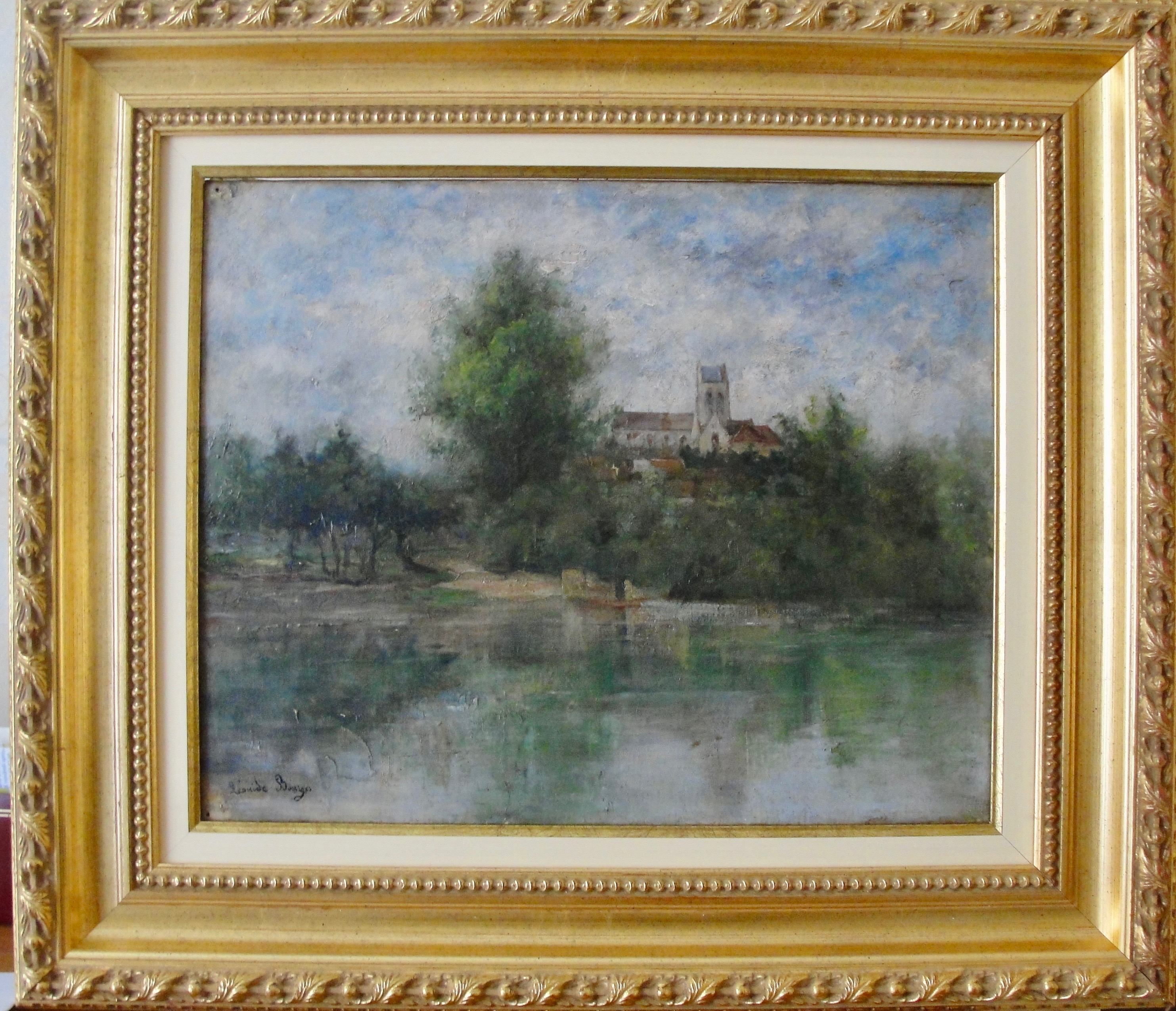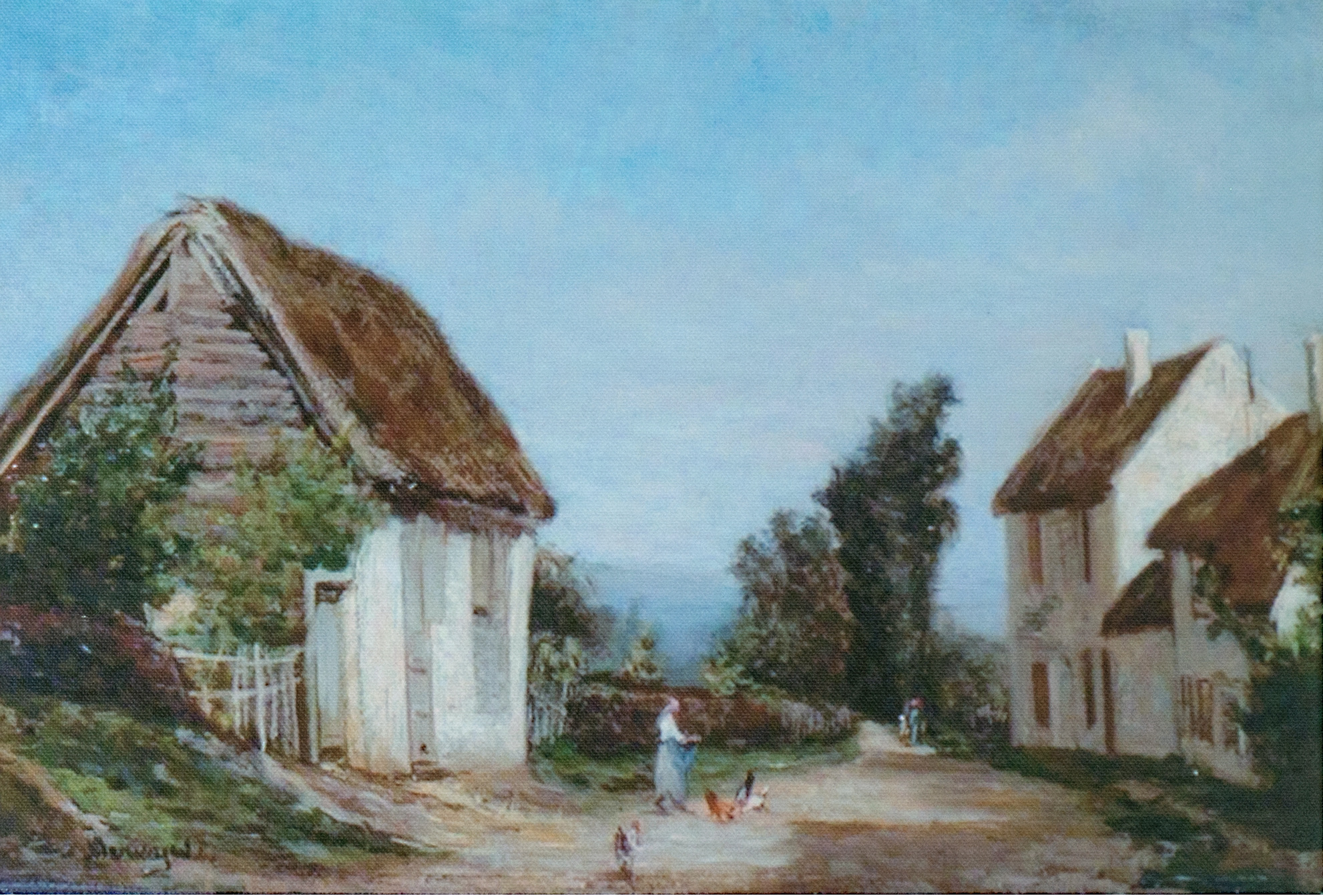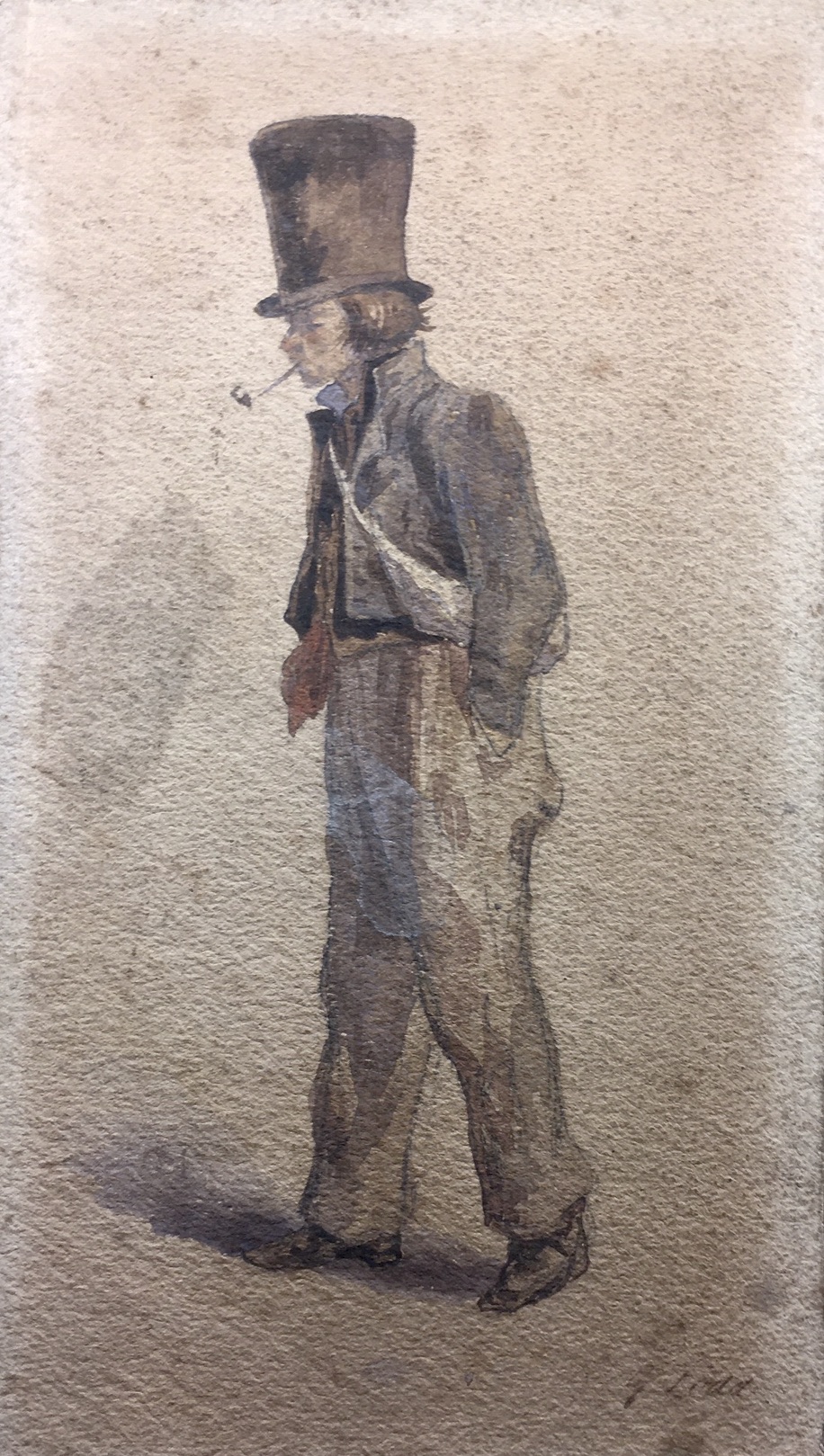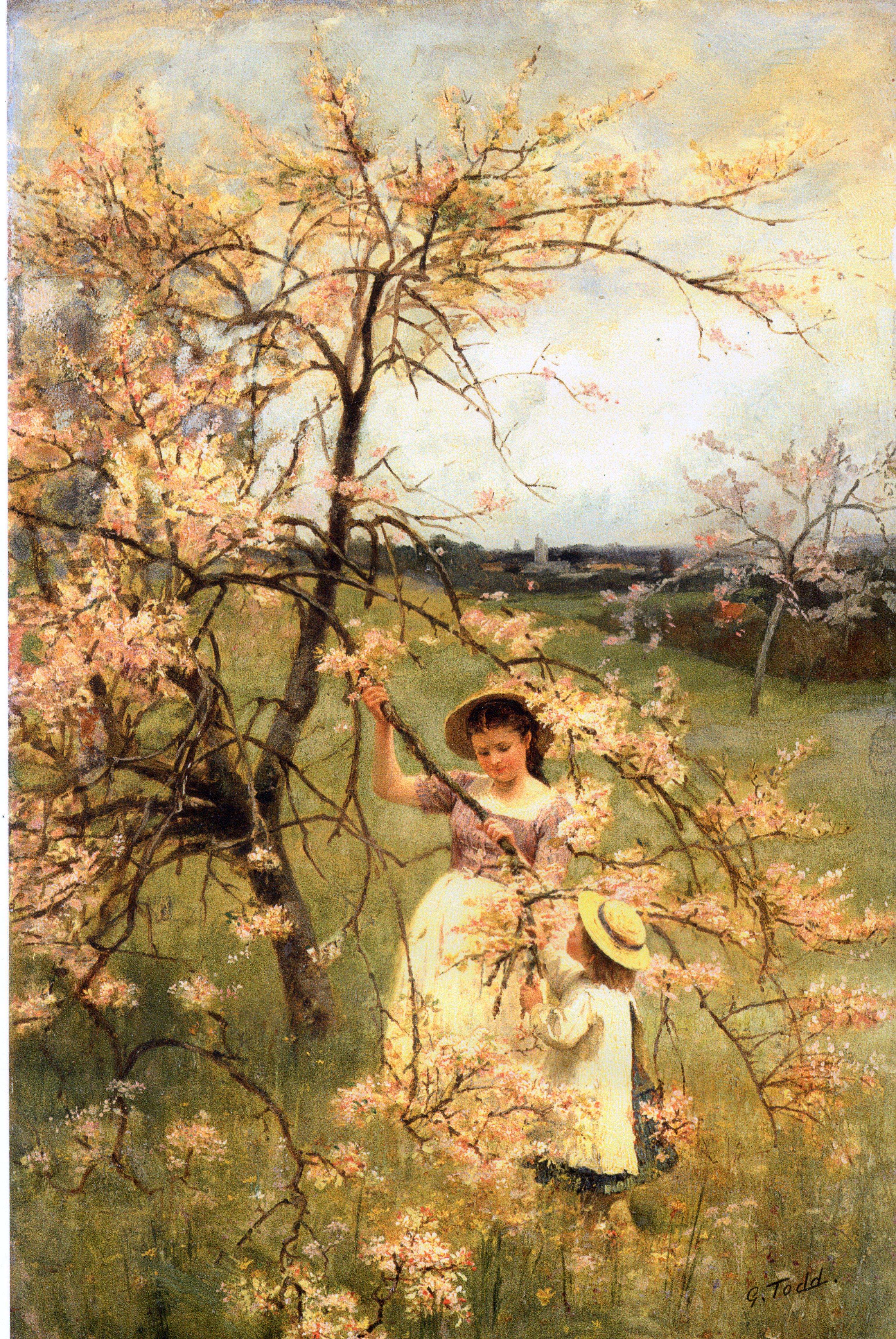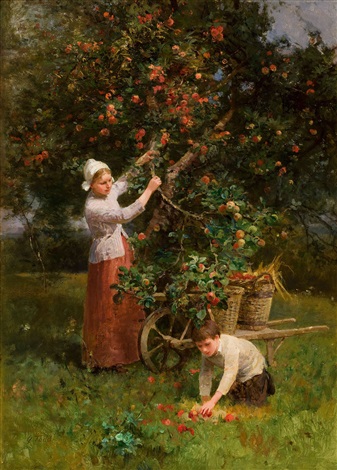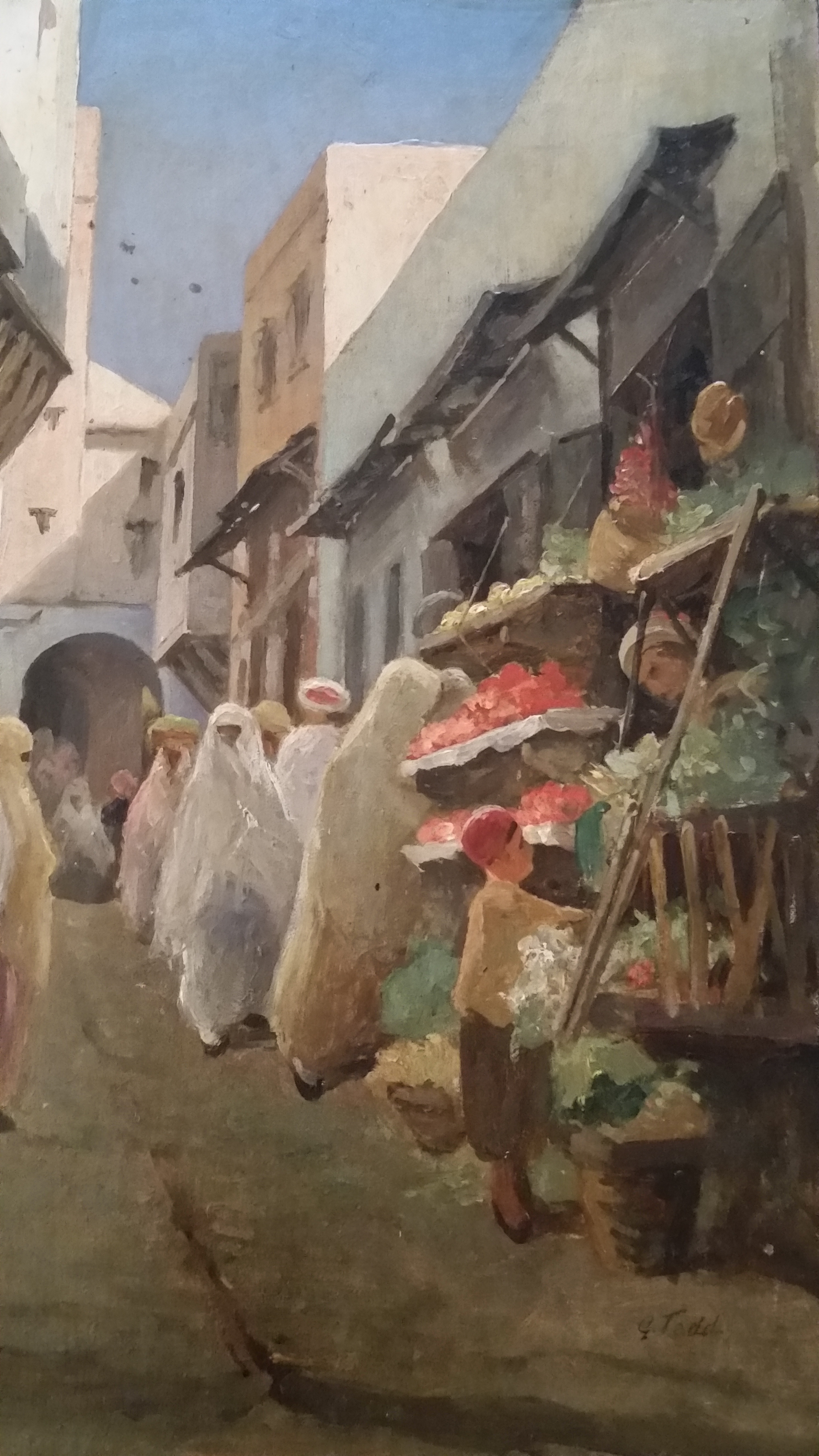Canterbury, UK, March 31st 1832 – 1898, Ipswich
When he arrived in France from his native England, John George Todd (who would sign George Todd) was welcomed and hosted in Écouen by Luigi Chialiva, the generous host. This will be his adopted city. Forgetting the city where he was born, the son of George and Caroline Victorine Boulas founded a family there, and, after being widowed of Juliette Caroline Charpentier, who died on February 21, 1870, married on June 19, 1880 Céline Augustine Françoise Régnier, in Ecouen. Luigi Chialiva is of course his witness. He had previously recognized a son Georges Amédée, born on May 30, 1875. In 1875, he had already become a landlord, in the rue de la Beauvette, next to the property of like several other painters, and his house was described as one of the most artistic in the village: a gate, a big bell, a fierce dog, flowers…and a sophisticated interior decoration, with a host of harmoniously arranged objects, which Cornelia Conant and Mary Stone, in 1881, described to us in their account of their visit to Ecouen: « many treasures such as antique tapestries and fantastic furniture, bronze pieces and china » were destroyed during the 1870 war by the Prussians. He was so well integrated that the two Americans thought at first that he was a native! They saw in his studio a rural scene with two people, a girl and a boy, looking away to a town lit by the last rays of the sun.
In Écouen, in a greenhouse, he cultivated most of the flowers that we find on his paintings, and which Émile Zola warmly recommended in his Salon of 1866, proof of his fame. He became one of the great still life specialists. The Royal Academy opened its doors to him in 1888 as well as other London galleries.
In 1879 he also painted a theater curtain for the Rosendaël casino in Dunkirk.
The « Petit Journal » of February 23, 1870 presents a letter from the journalist L. Raymond who asks his director to evoke the event of which he was the witness: « The artistic colony of Ecouen, so numerous and so interesting by the talented men who compose it, has just been saddened by the death of Mrs. Todd, the wife of the painter of the flowers, whose paintings were noticed at the last exhibitions of the Palace of the Champs-Elysées. Mrs. Todd was only twenty-four years old; for a long time she had been suffering from an unforgiving illness. All the artists of Ecouen were anxious to give their comrade and friend a proof of sympathy: they followed the convoy of Mrs. Todd with tears in their eyes. I noticed Messrs Couture, Schenck, Soyer, Otto Weber, Frère père et fils, Duverger, Aufray, Dansaert, Hugot, Seignac. Mr. Constant Guéroult, your collaborator and friend, who spends the summer in Écouen, came from Paris to attend this sad ceremony. »
On the one hand, it seems that there were particular links between our painters and the newspaper, since several paintings, as we have seen, represent readers browsing this flagship of the press of the time. On the other hand, we can notice the great solidarity of the men of this Colonie des peintres d’Ecouen.
It should also be noted that he is often confused with a homonymous English painter of the same period: Henry George Todd, who was also famous for his still lifes.
